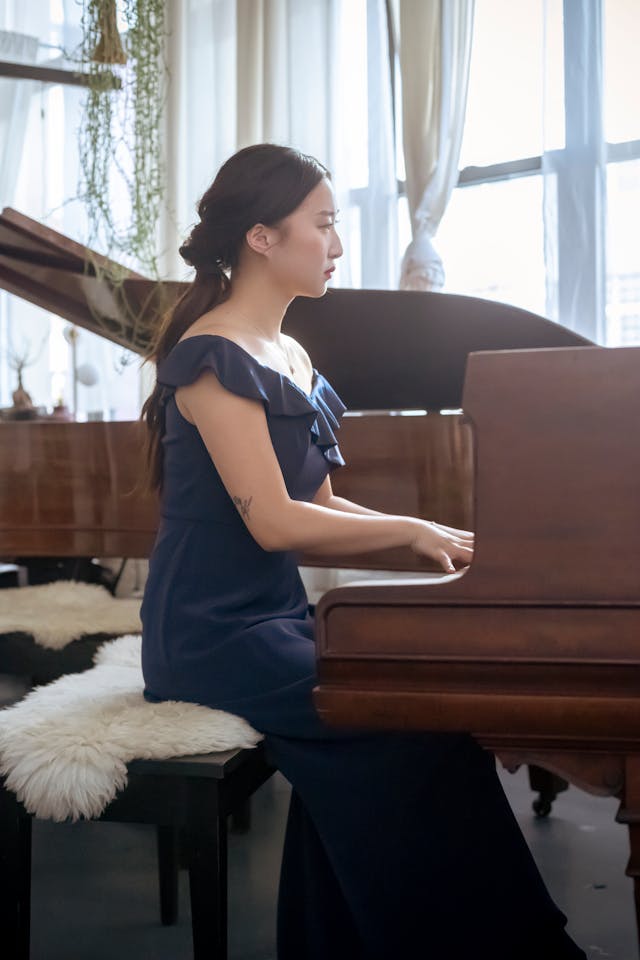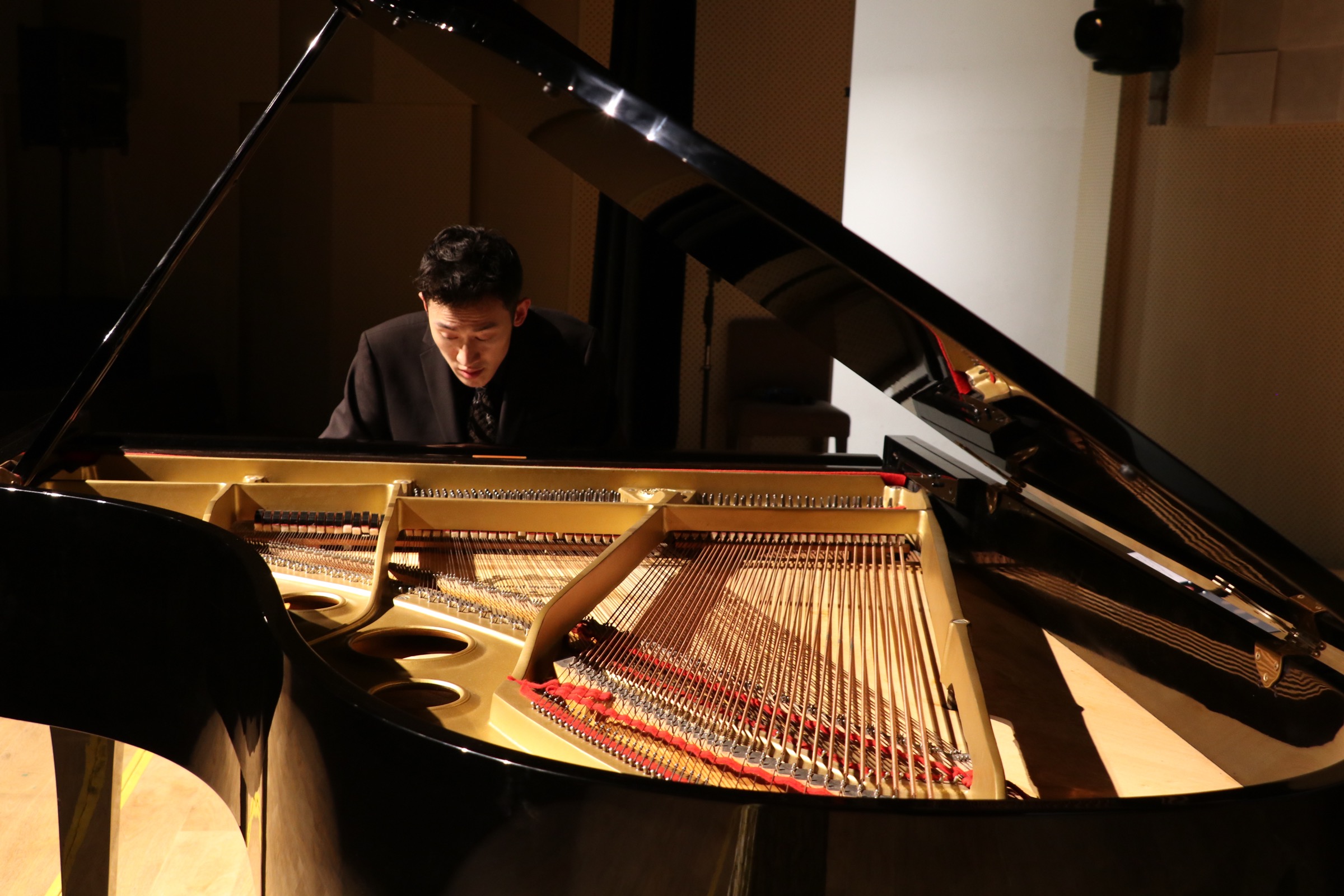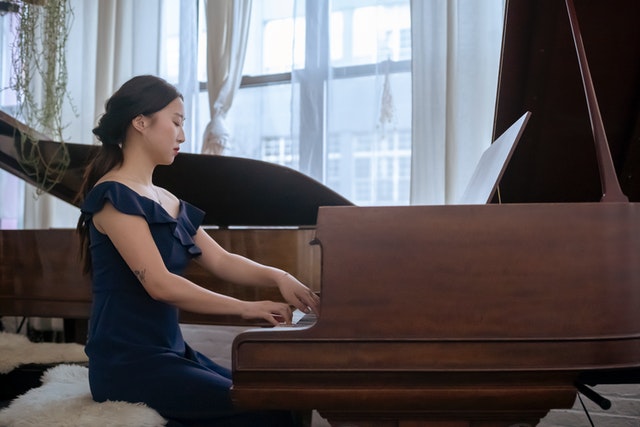
Prelude No. 10 ("Canope"): An Accessible Debussy Piece
Many adult pianists are drawn to Debussy’s music. It’s expressive, modern, and emotionally complex. But most of his well-known works, like Clair de Lune, L’isle joyeuse, Reflets dans l’eau, and so forth, require advanced technique and years of experience. That’s what makes Canope such a unique and rewarding option. It still sounds unmistakably like Debussy, but it’s more approachable than most of his piano catalog.
This piece is the tenth prelude in Book II of his 24 Préludes. While not as famous as others in the set, it’s become a favorite among teachers looking for quieter, slower repertoire that introduces students to impressionistic harmony and tone without overwhelming them.
For information about how David Chang helps adult pianists, even beginners, start learning their dream pieces within the first three lessons, get in touch. We offer piano lessons in Brooklyn for adults, lessons across NYC, and have many adults enrolled in our live online group sessions. Get started today.
How Difficult Is “Canope”?
Prelude No. 10 ("Canope") sits at an early advanced level. In the Royal Conservatory of Music system, it is listed in Level 9. Jane Magrath also categorizes it as advanced, though it’s considered one of the most manageable pieces in Debussy’s two prelude collections. The notation appears sparse at first glance, and the tempo is slow. But playing it well involves tonal balance, phrasing, pedaling control, and subtle rhythmic nuance.
The right hand carries a quiet, chant-like melody over left-hand chords that alternate between support and brief spotlight moments. There are stretches that require voicing control, along with soft dynamic control that doesn’t flatten the piece. The technical challenge comes from restraint, not movement.
While there are no wide jumps or virtuosic passages, the real test lies in shaping each phrase so that it feels intentional. Nothing should sound mechanical. The sustain pedal is written with care, and the markings ask for a touch that borders on fragile. For students who are comfortable with slower tempos but want a step up in expression and interpretation, Canope is an excellent match.
Musical Character and Interpretation
“Canope” refers to canopic jars used in ancient Egyptian burial practices, and the music reflects that stillness. It’s not mournful in the traditional sense, but it feels distant and reverent. Unlike Debussy’s more exuberant or theatrical pieces, this prelude stays quiet throughout. Most of it hovers around pianissimo or piano. That makes any sudden dynamic shift feel dramatic, even when the volume only rises slightly.
Playing this well means listening carefully to how one note ends before the next begins. Each measure feels suspended. Students who typically think in terms of loud versus soft will need to develop a more refined dynamic palette. There are also moments when the harmony resists resolution, and performers need to lean into that tension without overplaying it.
It’s not about showing off. It’s about saying more with less.
Why This Piece Works for Adult Learners
Many adult students are eager to try Debussy but feel intimidated by his most iconic works. Canope offers an honest entry point into that world. It builds critical skills—voicing, pedal sensitivity, color control—without pushing hand technique too far too soon.
Because it stays within a moderate range of motion and doesn’t demand rapid shifts or large spans, it allows adult learners to focus on musical expression from the start. For students coming from method books or earlier Romantic repertoire, this is a meaningful next step.
It also helps bridge the gap between technical and artistic playing. Some students spend years working through scale patterns and classical forms without encountering the kind of tone control that Canope asks for in every phrase.
Where to Find the Sheet Music
Prelude No. 10 (“Canope”) is included in several complete editions of Debussy’s Preludes, Book II. Here are a few trusted sources:
Durand Edition (Editions Durand / Hal Leonard)
This is the standard French edition and is widely available. Many teachers consider it the most authoritative version.
Alfred Masterwork Edition (ed. Maurice Hinson)
Includes historical notes and performance guidance. Useful for students learning Debussy’s style for the first time.
Dover Publications
An affordable option that combines Book I and Book II in a single volume. The typesetting is sometimes dense, but the content is reliable.
You can purchase the sheet music online through several reputable sites:
- SheetMusicPlus.com – Offers multiple editions and digital downloads
- IMSLP.org – Public domain scans are available for free download (check copyright status in your region)
- HalLeonard.com – Sells the Durand editions directly, including the full Preludes collection
If you’re studying with a teacher, it’s worth asking which edition they prefer, as pedaling and dynamic suggestions can vary slightly.
Start Learning “Canope” with David Chang Music
At David Chang Music, we encourage students to start working on their goal pieces as early as possible. While Canope is not a beginner piece, students with some prior experience can begin exploring simplified versions or selected phrases within the first few months of study.
By lesson three, many students are already working through real music they’ve chosen themselves, rather than waiting years to build up to it. Canope fits especially well into this structure because of its pacing and expressive potential.
If you’ve always wanted to learn Debussy, or you're looking for repertoire that’s quiet and introspective but not too far out of reach, this might be the right piece to begin with.
Final Thoughts
Canope offers something rare. It gives pianists access to Debussy’s harmonic language without overwhelming technical demands. It rewards careful listening, soft phrasing, and steady hands. And for adult students, it provides a manageable way to step into the world of Impressionist music.
If you’d like to learn this piece or something similar, we’d love to help. Reach out to David Chang Music to schedule your first lesson—either in New York or online.





